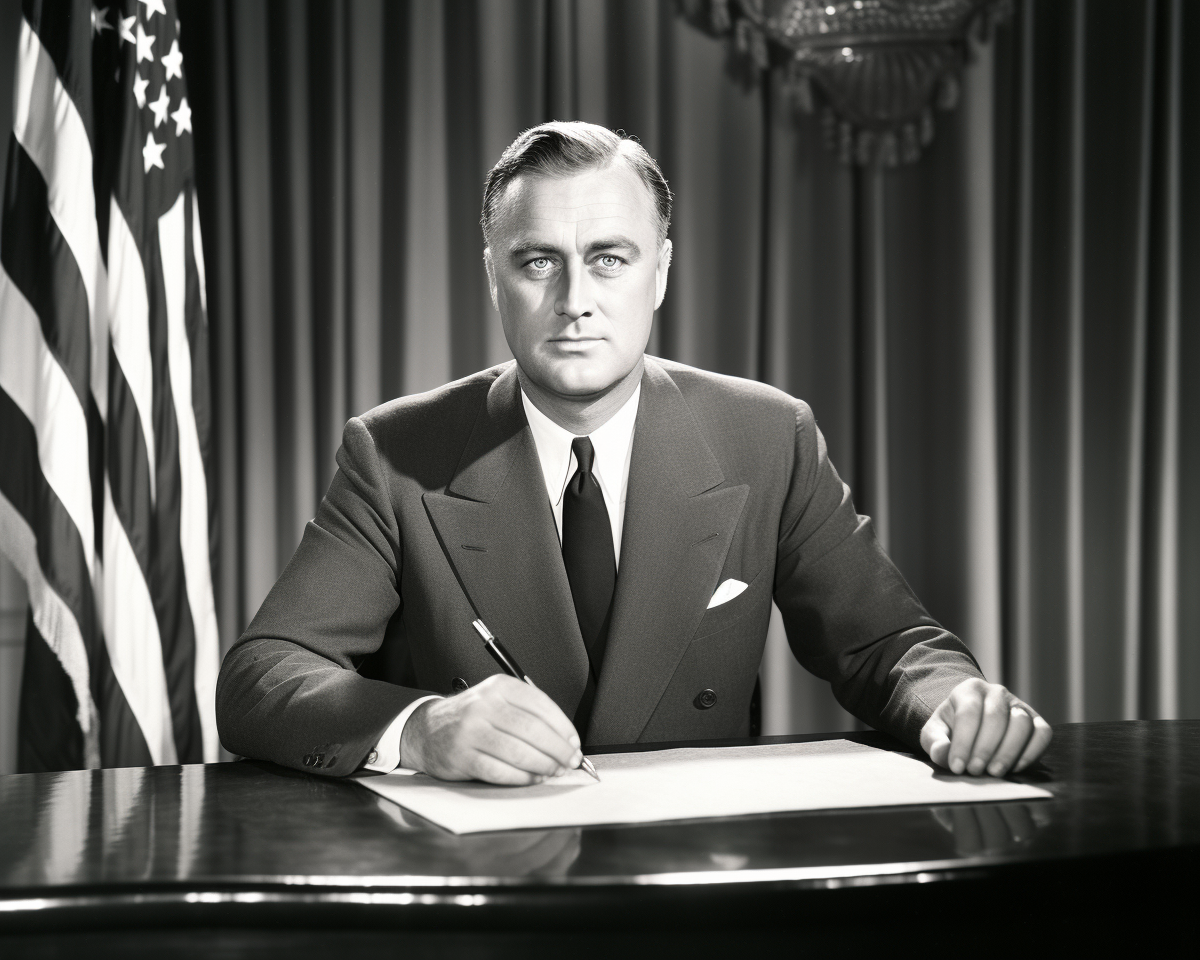Post
Introduction to the New Deal
The New Deal, developed and implemented by President Franklin D. Roosevelt in response to the Great Depression, marked a turning point in American history. This series of government programs and policies aimed to provide relief, recovery, and reform to a nation devastated by economic collapse.
Relief was the immediate objective of the New Deal. Roosevelt sought to alleviate the suffering of the millions of unemployed Americans through the creation of jobs and direct relief measures. Programs like the Civilian Conservation Corps (CCC) provided employment for young men in environmental conservation projects, while the Federal Emergency Relief Administration (FERA) distributed funds to states for relief efforts.
Recovery focused on reviving the economy and restoring confidence. The New Deal implemented public works projects like the Works Progress Administration (WPA), which constructed bridges, roads, and public buildings, stimulating economic growth and putting people back to work. Financial reforms were also a priority, with the establishment of the Federal Deposit Insurance Corporation (FDIC) to restore public faith in the banking system.
Reform was the long-term goal of the New Deal. Given the widespread public outcry against the unregulated financial practices that had contributed to the Great Depression, Roosevelt implemented significant reforms in the banking and securities sectors. The Securities and Exchange Commission (SEC) was established to regulate the stock market, while the Glass-Steagall Act separated commercial and investment banking.
The New Deal's historical significance cannot be overstated. It fundamentally reshaped the relationship between the government and the economy, qualifying it as a watershed moment in American history. The programs and policies implemented during this era had a profound and lasting impact, leaving a legacy that still influences our society and government today.
In the following posts, we will delve deeper into the three primary goals of the New Deal, explore the various programs and their impact, examine the criticisms and opposition faced by the New Deal, and assess its long-term effects on American society and the economy. Stay tuned!
